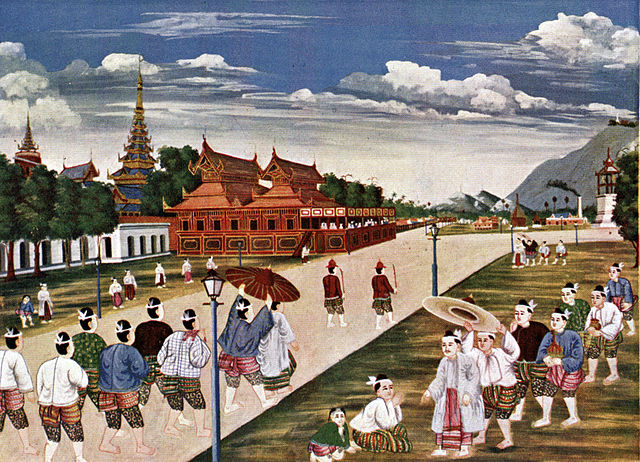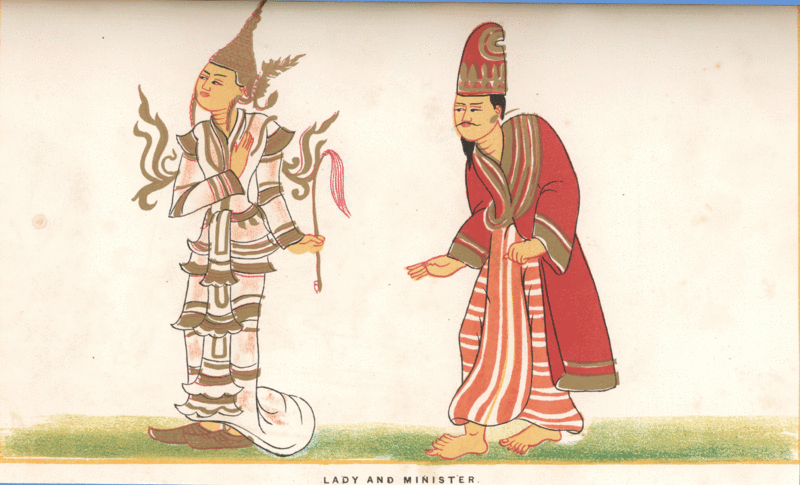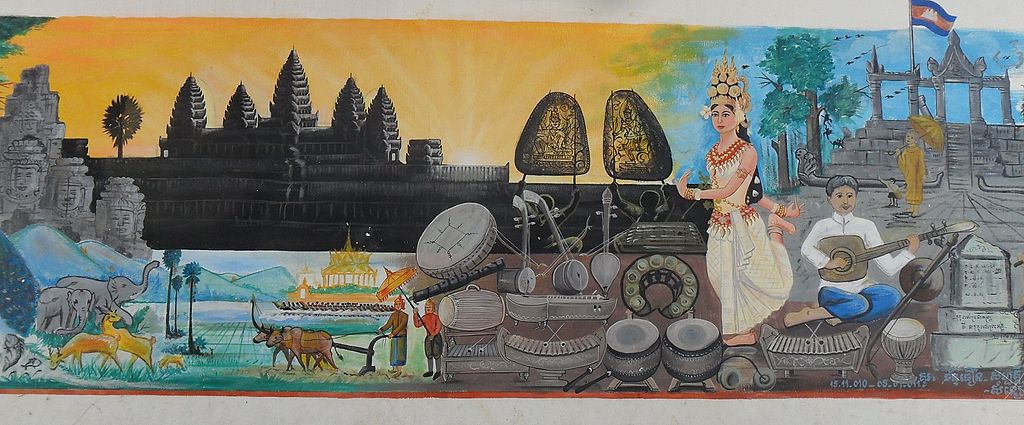
ASEAN at 50
On March 24, the Center for ASEAN Studies, Thammasat University presented the TU-ASEAN International Conference 2017 with the theme of ASEAN at 50: Looking Back, Moving Forward. A series of distinguished speakers were heard at the Main Auditorium, TU, Tha Prachan. More than one mentioned the importance of English as the shared language of the ASEAN community. After Associate Professor Prapat Thepchatree, Ph.D., Director of the Center for ASEAN Studies, TU, welcomed the speakers, Dr. Surin Pitsuwan, former Secretary-General of ASEAN, gave the keynote address. In additional to many different governmental responsibilities in the Kingdom, Dr. Surin also has strong ties to TU, where he taught at the Faculty of Political Science from 1978 to 1983 and from 1984 to 1984, also serving as assistant to the Vice Rector for Academic Affairs. The TU Libraries own a number of books by Dr. Surin, including Islam and Malay Nationalism: a Case Study of Malay-Muslims of Southern Thailand and Issues Affecting Border Security between Malaysia and Thailand.
Dr. Surin explained to the audience that he belongs to the generation that was inspired by the dream of ASEAN, what he called a
lofty, inspirational dream.
The goal was to deliberate on affairs while being able to retain each nation’s separate identity and working together in friendship. Speaking about past developments, Dr. Surin observed:
From a collection of backward countries with low economic development, full of conflicts, somehow we have been able to integrate all ten [ASEAN] countries, and now we are becoming middle-class countries… Trade is the center of gravity by which ASEAN has been able to evolve.
Despite some challenges and difficulties, a high level of integration and coordination have been achieved, to encourage peace and stability in the region. There was a lot of excitement leading up to 2015, the year when regional economic integration was planned for the ASEAN Economic Community (AEC). Some of that excitement has dissipated since that time, Dr. Surin noted:
We have made a long journey, and we are a community in search of perfection. We hope to be a community in future of peace and security… The new generation must communicate in English to welcome investment, tourism, and global technology.

Among the other speakers at the conference who underlined the vital importance of the English language for ASEAN interactions was Termsak Chalermpalanupap, Ph.D. Dr. Termsak recently retired from the ASEAN Secretariat in Jakarta after two decades of service in the political and security fields of ASEAN cooperation. He is now a Visiting Research Fellow working on political and security affairs at the ASEAN Studies Centre, Institute of Southeast Asian Studies, Singapore. The TU Libraries own a book co-authored by Dr. Termsak, Positioning the ASEAN Community in an Emerging Asia: Thai Perspectives. Dr. Termsak, a graduate of Chulalongkorn University in Political Science, emphasized that to do things the ASEAN way, it was essential to, among other aspects:
Speak English: English is the only (official) working language in ASEAN.
One benefit of ASEAN community-building is to
Harness human resources to benefit from rich cultural diversity and enormous potential.
Dr. Termsak insisted:
ASEAN is the least objectionable promoter of dialogue and cooperation. ASEAN must be constructive, neutral, impartial, non-antagonistic, inclusive, innovative, and trustworthy to continue playing the central role of promoting dialogue and cooperation.
Using English as a shared language is only one educational aspect of the wide-ranging ASEAN Socio-Cultural Community (ASCC), celebrated in a presentation by Dr. Chap Sotharith, Research Director and Board Member, Cambodian Institute for Cooperation and Peace (CICP). Dr. Chap reflected that Cambodia’s benefit from ASCC has been huge but also difficult to calculate. Since Cambodia joined the ASEAN community in 1999, its poverty and infant mortality rates have fallen, and average life expectancy increased. School enrolment has also grown in Cambodia, and Dr. Chap concluded that despite ongoing challenges,
we still have lots of optimism.

Another speaker, Dr. Tan See Seng, Deputy Director, Institute of Defence and Strategic Studies, Rajaratnam School of International Studies (RSIS), Singapore, proposed ways to retain this optimism. Dr. Tan, whose books are also in the collection of the TU Libraries, mentioned:
Going forward, ASEAN should consider cutting back on its exaggerated aims and grandiose goals and assume a considerably more modest remit, one commensurable with the interests, capacities, and will of its member states.
Among several other inspiring speakers was Tan Sri Dato’ Seri Mohamed Jawhar Hassan, Former Chairman and Chief Executive of the Institute of Strategic and International Studies (ISIS), Malaysia. Among his many other activities in national and intellectual development, Tan Sri Jawhar was Project Coordinator of Malaysia’s Master Plan on Knowledge-Based Economy and was the lead drafter of the Islamic Development Bank’s Vision 1440 Hijrah document as well as serving as a member of Penang Knowledge Economy Information Communications Technology Council (K-ICT Council) since it was formed. On March 24, Tan Sri Jawhar reminded listeners that
Southeast Asia was a very different place fifty years ago. It was then a region of poverty, conflict, and domination by external powers. Today Southeast Asia is a region of growing prosperity, peace, and freedom from foreign occupation. It would not be an exaggeration to say that half a century ago, Southeast Asia was a region of much despair. Equally, it would not be an exaggeration to say that today, it is a region of great promise…We can and should make the ASEAN car go faster, but we cannot expect the car to fly.
Tan Sri Jawhar added that after the establishment of the AEC in 2015, the next big goal is the AEC Blueprint 2025, adopted by ASEAN leaders in 2015 in Kuala Lumpur, Malaysia. Under the heading of ASEAN 2025: Forging Ahead Together, this complex and ambitious planning includes ASEAN Community Vision 2025; ASEAN Political-Security Community (APSC) Blueprint 2025; ASEAN Socio-Cultural Community (ASCC) Blueprint 2025; and AEC Blueprint 2025. Tan Sri Jawhar commented:
Much mutual consultation and consensus-building has gone into crafting these forward-looking documents, and no doubt the ASEAN members will be striving in the near future to implement the sweeping and comprehensive agenda to bring ASEAN to the next level.
(All images courtesy of Wikimedia Commons)

